Nowadays, modern designers are turning to classical literature more and more in order to truly study in depth various aspects of design to transfer them to the Digital sphere.

If you want to become a true professional, you definitely need to read specialized literature from the field of design and everything involved with it. The path of a designer without reading books is a rather sad sight. Certainly, you will be able to figure everything out without books, even be able to do something, perhaps, well, but you will lack basic knowledge, and you will very much feel the gap of this knowledge when you crash into the ceiling. You will lack ideas, creativity; you will make banal mistakes that you don’t even know about. You will look at other people’s works with admiration, but you will not understand why your works do not look so good and cool, although you know the graphics editor by heart.
And so it will be held year after year, and your level will not grow, although you will have a clear feeling that you work a lot, you draw, create. Yes, to some extent, you are developing, but not fully. And the worst thing in this situation is that then it will be very difficult to eliminate your, possibly, wrong habit and method of working with design. When you grow up, for example, to the point that you are ready to read books, you will get a lot of useful and new knowledge, but it will be too difficult for you to put them into practice. Therefore, do not be lazy, read carefully, study books, and look for new literature.
Books Every Web Designer Should Read
1. The Design of Everyday Things, Don Norman
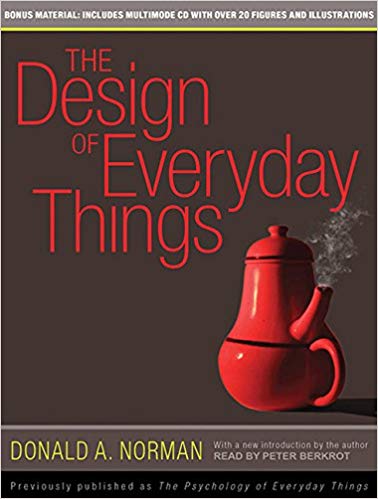
If you are working on creating things that surround us — from doors and ovens to ironing boards and cars — then this book is for you.
Good design is actually a lot harder to notice than poor design, in part because good designs fit our needs so well that the design is invisible, serving us without drawing attention to itself. Bad design, on the other hand, screams out its inadequacies, making itself very noticeable.
Former Vice President of Apple Donald Norman, whom Business Week called as “one of the most influential designers in the world”, talks about how to make familiar things comfortable. From this updated edition you will learn how to create an intuitive design that people like.
2. Now You See It and Other Essays on Design, Michael Bierut
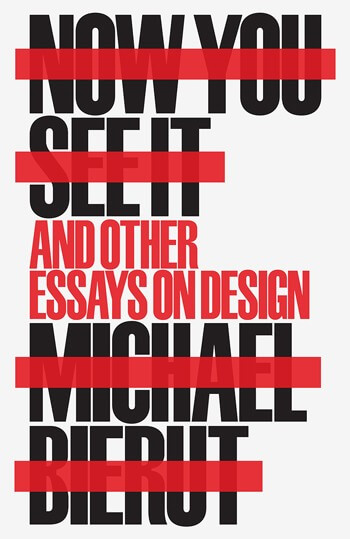
Bierut, who perfectly mastered the art of creating a corporate identity, reveals his professional secrets to show how design works in the real world. The publication includes more than 50 essays created over the past decade — from the history of design to design mystifications and secrets of developing the logo of the presidential campaign of Hillary Clinton.
3. Design is a Job, Mike Monteiro
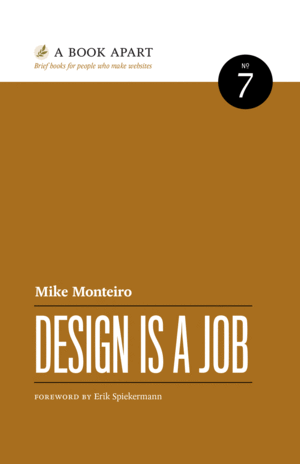
Make sure you’re consciously building the story you want to be telling. And make sure your story is compelling enough that your next client is excited to become a character in it.
Well-known web designer Mike Monteiro talks about how a successful designer is different from an unsuccessful one. So, the success of projects lies primarily in the ability to listen to your client, bring the value of design, and the ability to present your work in a quality manner. Mike shares how-to recommendations and analyzes working episodes.
4. Designing for Emotion, Aaron Walter
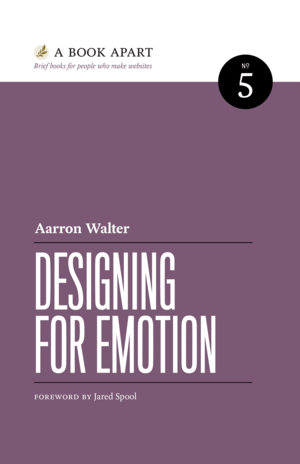
The problem of modern web design is that designers take ready-made templates and create monotonous products — from websites to information portals. But how to ensure that the website attracts customers like a magnet? You need to cause emotions among customers to that end. This book will talk about the basics of emotional design. Use them, and there will be no end to customers.
5. The Art of Color: The Subjective Experience and Objective Rationale of Color, Johannes Itten
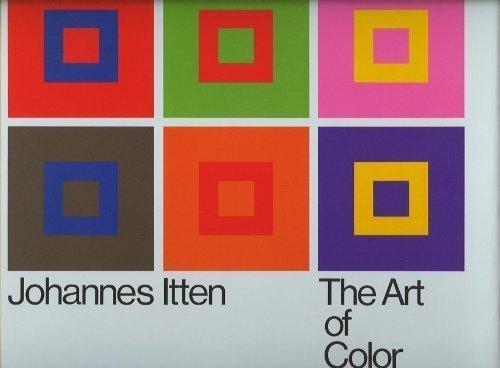
The book of the Swiss artist and connoisseur of European art tells about the patterns of color combinations and contrasts. Here you will find recommendations on color combinations based on the experience and observations of the author.
6. The Inmates Are Running the Asylum: Why High Tech Products Drive Us Crazy and How to Restore the Sanity, Alan Cooper
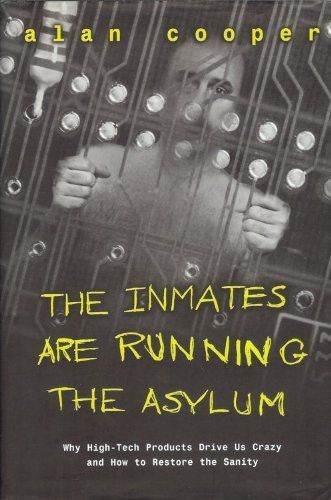
You can predict which features in any new technology will be used and which won’t. The use of a feature is inversely proportional to the amount of interaction needed to control.
The work of designer and programmer Alan Cooper is somewhat reminiscent of Design of Familiar Things. He also talks about why many things are inconvenient to use. The author believes that this is to blame for developers who think differently than ordinary users. That is why programming should precede interaction design.
7. UX Strategy: How to Devise Innovative Digital Products that People Want, Jaime Levy
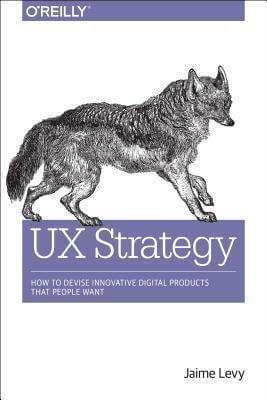
Jaime Levy has been engaged in interface design and teaching since the 90s. In this book, she has systematized all the knowledge gained through work in start-ups, agencies, and large enterprises.
Levy talks about creating a UX-strategy — a process at the junction of marketing, business, and design interaction. It should be launched first, even before the design and development of a digital product.
The author shares stories from her practice and explains how to create a successful product. The content of the book is similar to artistic stories about business and technology; there are few step-by-step instructions and charts but a lot of personal experience. Real case studies provide an opportunity to get acquainted with foreign experience and draw your own conclusions.
8. A Project Guide to UX Design, Russ Unger and Carolyn Chandler
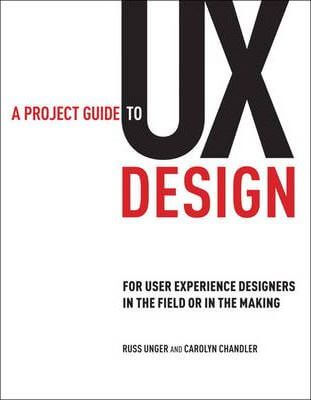
This is a beginner tutorial that will help you get an overview of the profession of a UX analyst or designer. It has few cases and examples from real practice, but there is a step-by-step story of how the work on interface design works: from sending a commercial offer to maintenance. Along the way, the authors explain what role UX plays in this system.
9. The Humane Interface: New Directions for Designing Interactive Systems, Jef Raskin

The author analyzes what we all should be used to automatism, and explains that the interface of many modern programs is far from perfect. How to improve it? In which direction do we need to move on? Try to find answers together with the most famous specialist in this field — Jef Raskin, the creator of the Apple Macintosh project.
This book, which tells about the scientific approach to the development of interfaces, can be useful for both software developers and project managers.
10. Design, Form, and Chaos, Paul Rand

This book from the legend should be read by anyone who is related to the field of design because its author does not just consider the pressing issues of designers, he turns to the value fundamentals and talks about the value of thinking in the creation. In other words, Rand wrote a book that will never lose its relevance—it is eternal, although it tells about the position of modern design.
The public is more familiar with bad design than good design. It is, in effect, conditioned to prefer bad design, because that is what it lives with. The new becomes threatening, the old reassuring.
The author denounces non-professionalism and fleeting “fashion trends”, talks about the specifics of creative activity and the professional passion that gives rise to good design. The author illustrates his theses with his own works, as well as the works of artists and designers whose work he admires.
* * *
Design is not what is on your computer; it is what is in your head. Your taste. Your knowledge. Your approach to work. If you open the editor and sit there for hours, the editor will not tell you about color theory, what a grid is, what fonts are best to use, or how to work with UI correctly. Therefore, do not expect your development from the fact that you will just poke around in the program, and it will all come by itself. Absorb books with greed! Starting from academic literature and ending with modern books. That is what will be your foundation!


